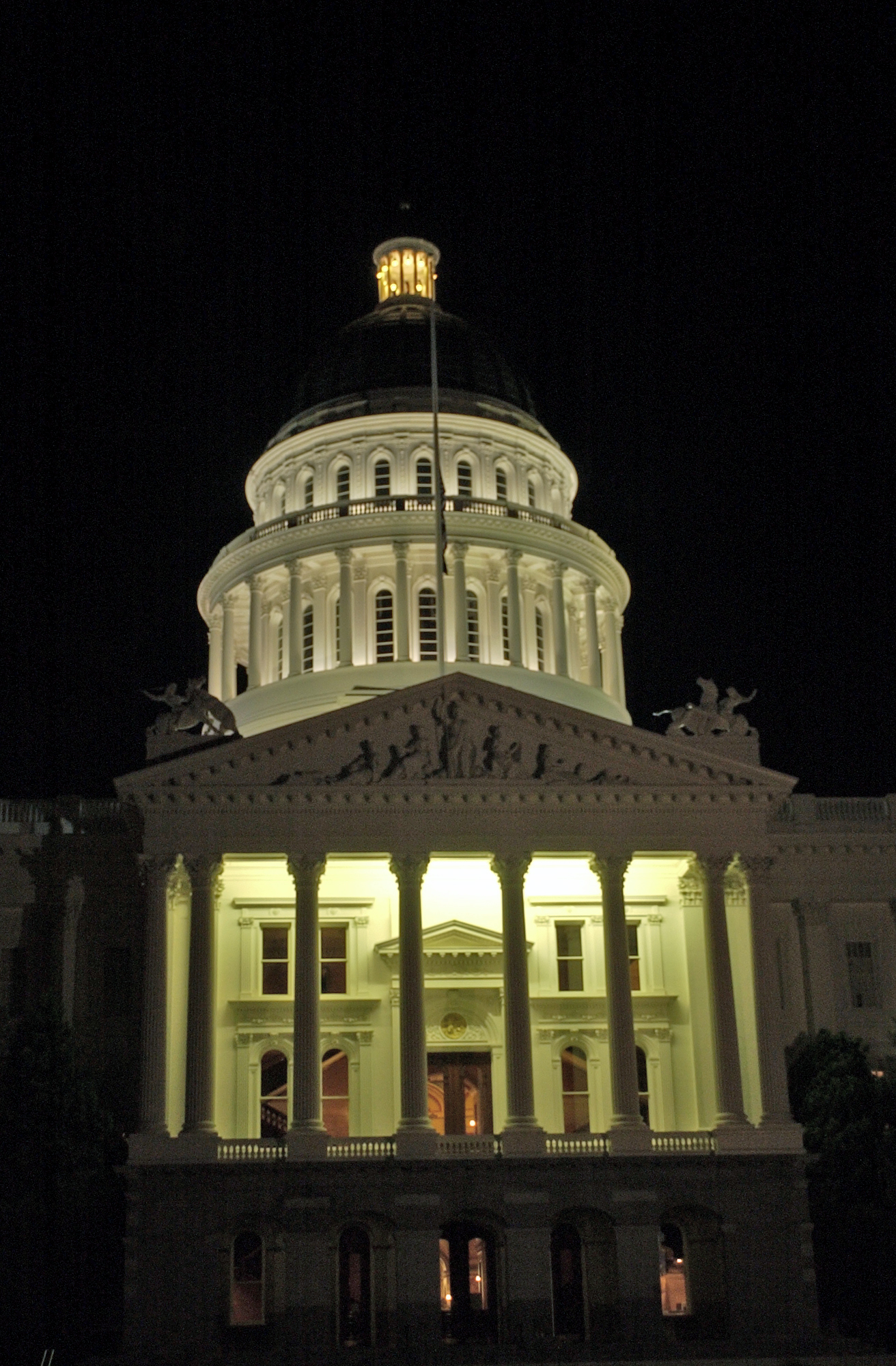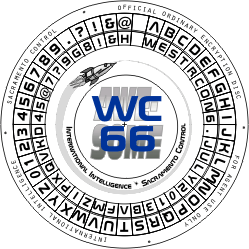 Bernadette Durbin provided us with this charming list of esoteric facts about Sacramento.
Bernadette Durbin provided us with this charming list of esoteric facts about Sacramento.
- It’s not “Old Town.” It’s “Old Sacramento” or “Old Sac.” If you say Old Town, you’ll get an odd look, often followed by “Roseville, Folsom, or Elk Grove?”
- The downtown is set on a grid. The numbered streets go north-south and start at the Sacramento River, heading east. The lettered streets go east-west and start at the American River with A, heading south. And then it goes crazy, since after they run out of letters, they start with numbers, avenues instead of streets. 12th Street is different from 12th Avenue. Mind your details.
- Quite a few other streets are based on destinations. Stockton Blvd heads towards Stockton. Folsom Blvd heads toward Folsom. Auburn Blvd points towards Auburn. This may help if you get lost.
- The city planners had fun with the suburbs and outlying areas. Areas have themes, and while some street themes are the standard trees and adjectives, some are more creative, such as the area dedicated to inventors (Watt, Edison, Marconi, and yes, there is even a small street named Tesla) and the Garden of the Gods (Thor and Zeus make appearances.) Go south on Google Maps and you can see there were some geeks—Star Trek references make appearances, as does Tolkien.
- Sacramento snobbery: “They buy their tomatoes from the store.”
- Part II: “In summer.”
- Part III: “I got full-size tomatoes from my garden before the fourth of July.”
- Sacramento natives have spent their entire lives having folks from L.A. and the Bay Area making fun of their city. They’re often reflexively defensive because of this. The fastest way to confuse a native is to get whole-heartedly enthusiastic about Sacramento.
- Sacramento is the City of Trees. This is the result of the planners of a century ago having foresight; Sacramento was previously called City of the Plains. If you drive north or south of the city, that’s the kind of terrain it used to be.
- Business 80 is the Capital City Freeway. If you go south from the hotel, and do not take ramps to merge elsewhere, you’ll end up on southbound 99, while the Cap City merges with westbound 50. This is not considered noteworthy by the natives.
- Business 80 and Interstate 80 are not the same thing, though Business 80 used to be the interstate and the interstate used to be the bypass. This is also not considered noteworthy.
- Mark Twain spent a lot of time working in Sacramento. He famously had a story of a man who went to Hell and asked the Devil for a sweater. “I lived in Sacramento and it’s cold down here!” This was before anyone decided it was a good idea to live in Arizona.
- Mira Grant’s 2010 Hugo-nominated novel Feed has its climactic action occurring not far from the hotel. The fireworks show on Independence Day is out of the Cal Expo fairgrounds, which in Grant’s novel has been converted to a high-security outdoor venue. If you drive over the river on the Capital City Freeway, the railroad bridge to the right is the one that the protagonists use to cross the river.
- If a native says they are going rafting in the river or swimming in the river, that’s the American River. If they’re taking a river cruise, that’s the Sacramento River. This will never be clarified.
- Rafting in Sacramento usually involves the presence of a cooler.
- A Sacramento native hears “Folsom” and thinks “Lake”, not “Prison.”
- The American River Parkway is a natural space that follows the river all the way from Folsom Lake down to the confluence with the Sacramento River. It is made up of many parks; the one at the confluence is called Discovery Park and can be underwater in flood years. You can hike twenty-six miles along a lovely paved path, see deer, turkeys, various native animals, and evidence of gold mining. Natives will off-handedly refer to this enormous natural space as “the bike trail.”
- Goethe is pronounced “Gay-tee.” Except now it’s pronounced “River Bend.”
- Don’t ask to eat “Folsom Potatoes.”


One Response to Notes from a Sacramento Native